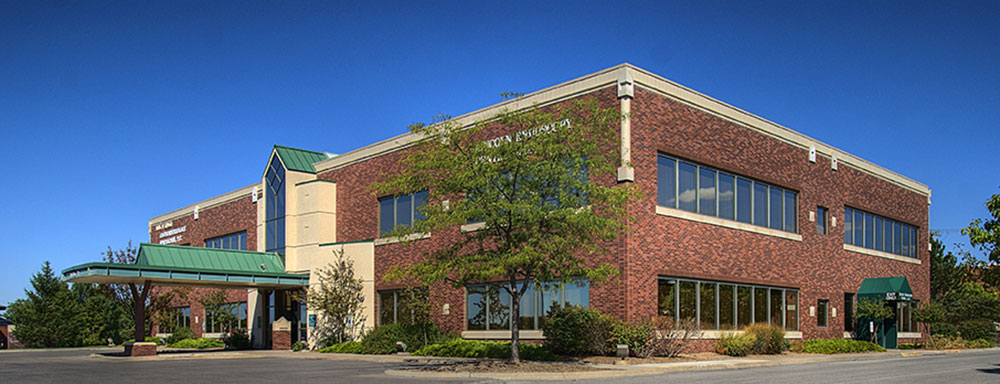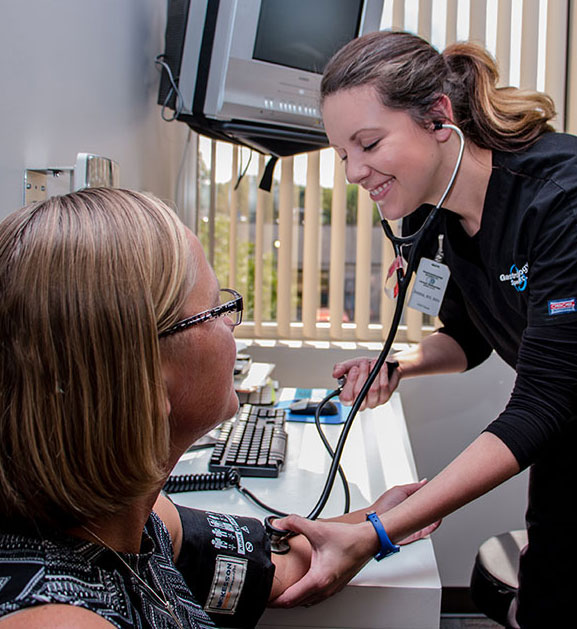What are hemorrhoids?
Hemorrhoids are swollen veins in the anus or lower part of the rectum. This is a common condition and can be painful. They can also itch and bleed. Internal hemorrhoids appear just inside the anus, at the start of the rectum. External hemorrhoids occur at the anal opening and may hang outside the anus.
What causes hemorrhoids?
Hemorrhoids happen when there is increased pressure in the veins of the anus, which causes them to bulge and expand. The most common cause is straining during bowel movements; pregnancy, obesity and childbirth are also risk factors. They may result from constipation, sitting for long periods of time or an anal infection. In some cases they may be caused by other diseases, such as liver cirrhosis.
What other precautions can I take to reduce my risk for hemorrhoids in the future?
The easiest way to reduce the risk of hemorrhoids is by having an active lifestyle, as well as eating a high fiber diet and drinking at least 6-8 glasses of fluids daily. Fruits or high fiber cereal help to soften and bulk up the stools so they can pass out of the body more easily.
Is hemorrhoid banding painful?
Usually the actual banding is not painful. If pain does occur, the physician can adjust the position of the rubber band to alleviate the discomfort. Afterwards, there may be some discomfort for a few days as the anus tightens and relaxes. You may be given medication to relieve any pain.
If I choose surgery instead of banding, how long is the recovery time?
Recovery times vary, but you can expect a full recovery about two weeks after the procedure.
Are there any risks associated with hemorrhoid banding?
Post-procedure, you may experience trouble urinating and the remaining hemorrhoids may become more inflamed. Infection and bleeding are rare, but possible. You should call your doctor if pain worsens, or if you develop a fever, experience excessive bleeding or are unable to urinate or have a bowel movement.


